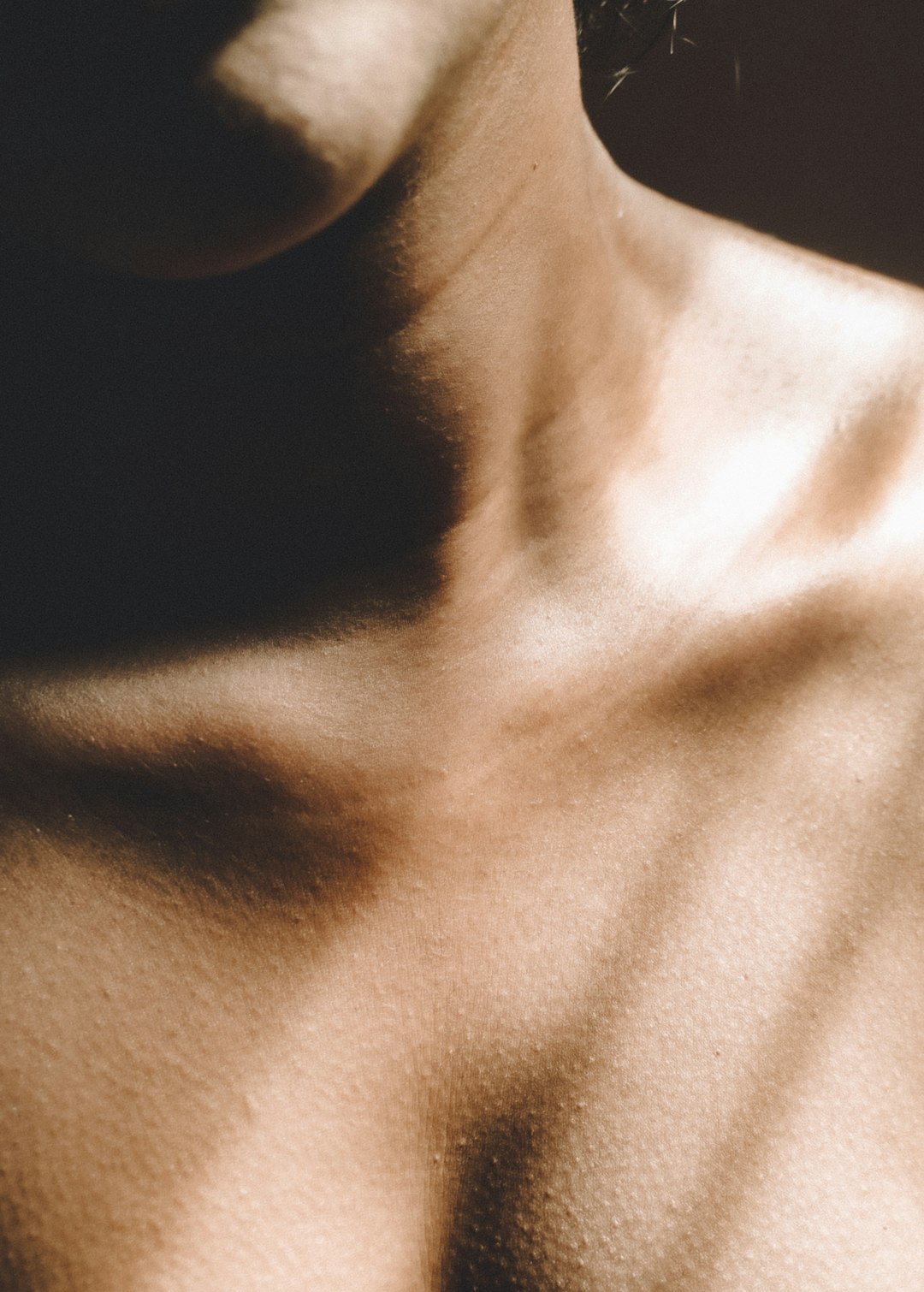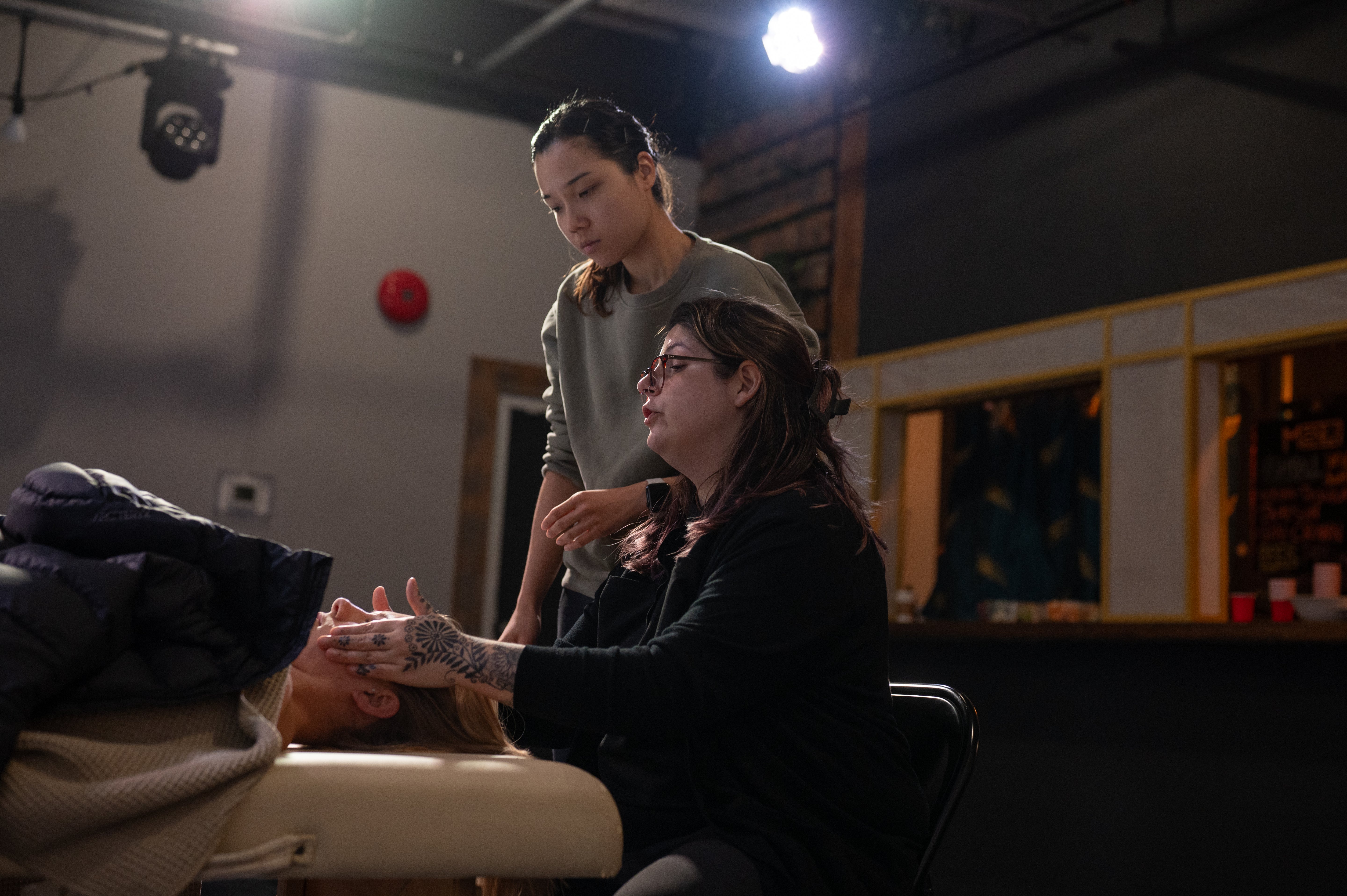In the ever-evolving world of manual lymphatic drainage (MLD), innovative techniques and practices are reshaping the landscape of therapeutic massage. As health care professionals and therapists strive to enhance patient-centered care, the integration of oil-based MLD and deeper pressure techniques is gaining traction among practitioners. This dynamic approach not only promises improved clinical outcomes but also embraces a holistic, hybrid method that many therapists find effective for diverse clientele. With advancements in aesthetic treatments and lymphedema management, the potential for MLD to adapt and thrive in various therapeutic settings is immense. Join us as we delve into the future of MLD, exploring the balance between tradition and innovation and how it can transform your practice.
Innovations in Oil-Based MLD
As manual lymphatic drainage (MLD) techniques evolve, oil-based approaches are gaining prominence, particularly in aesthetic treatments and for their overall therapeutic benefits.
Oil-Based MLD in Aesthetic Treatments
Oil-based MLD has become increasingly popular in aesthetic treatments, offering enhanced benefits for skin health and post-procedure recovery. This innovative approach combines the principles of traditional MLD with the nourishing properties of specialized oils.
Research published in the Journal of Cosmetic Dermatology has shown that oil-based MLD can significantly improve outcomes in post-surgical recovery, particularly after cosmetic procedures. The use of oils helps reduce friction during the massage, allowing for smoother, more comfortable treatments.
Moreover, the integration of specific oils can provide additional benefits such as improved skin elasticity, reduced inflammation, and enhanced overall skin appearance. This makes oil-based MLD an attractive option for clients seeking both lymphatic drainage and skin rejuvenation.
Benefits of Oil-Based MLD Techniques
Oil-based MLD techniques offer a range of benefits that extend beyond traditional dry methods. These advantages make them increasingly popular among practitioners and clients alike.
Firstly, the use of oils in MLD can enhance the overall massage experience. The smooth glide provided by the oil allows for more fluid movements, potentially increasing the effectiveness of the lymphatic drainage process. This can be particularly beneficial in areas with delicate or sensitive skin.
Secondly, certain oils possess anti-inflammatory and antioxidant properties, which can complement the lymphatic drainage process. For instance, oils rich in omega-3 fatty acids or vitamin E may help reduce inflammation and promote healing, especially in post-surgical cases or for clients with chronic conditions.
Lastly, the moisturizing effect of oils can improve skin health and appearance, making oil-based MLD an attractive option for those seeking both therapeutic and aesthetic benefits. This dual-action approach has made oil-based MLD increasingly popular in spa and wellness settings.

Exploring Deeper Pressure Techniques
The integration of deeper pressure techniques in MLD is a topic of growing interest and debate among practitioners, with potential benefits and considerations to be carefully evaluated. More clinical research is needed.
Evaluating Deep Pressure in MLD
The application of deeper pressure in MLD is a controversial topic that has sparked significant debate within the therapeutic community. Traditional MLD techniques typically employ light, rhythmic strokes to stimulate lymph flow. However, some practitioners are exploring the potential benefits of incorporating deeper pressure in certain situations.
A study published in the Journal of Bodywork and Movement Therapies compared traditional MLD with a more intensive massage technique. The research found that while the higher-pressure technique increased perceived recovery speed in athletes, standard MLD was better tolerated and still effectively reduced swelling.
It's crucial to note that deep pressure techniques must be applied judiciously. Excessive pressure can potentially compress lymph vessels, counteracting the intended drainage effect. Therefore, practitioners must carefully consider the individual needs of each client and the specific areas being treated when incorporating deeper pressure.
Hybrid MLD Approach: Effectiveness and Care
A hybrid MLD approach, combining traditional techniques with carefully applied deeper pressure, is gaining traction among some practitioners. This method aims to harness the benefits of both gentle and more intensive techniques, tailoring the treatment to each client's unique needs.
The effectiveness of this hybrid approach lies in its versatility. For instance, lighter pressure might be used near lymph nodes and in areas with delicate skin, while slightly deeper pressure could be applied to limbs or areas with fibrotic tissue. This adaptability allows practitioners to address a wider range of client concerns within a single treatment session.
However, it's crucial to emphasize that this hybrid approach requires extensive knowledge and skill. Practitioners must be well-versed in both traditional MLD techniques and deeper massage methods to safely and effectively combine these approaches. Ongoing training and a thorough understanding of lymphatic anatomy are essential for those looking to incorporate this hybrid method into their practice.

Future of MLD Practices
The future of MLD practices is shaped by an increasing focus on patient-centered care and the ongoing evaluation of clinical outcomes, driving the field towards more personalized and effective treatments.
Patient-Centred Care in MLD
Patient-centred care is becoming increasingly central to MLD practices, reflecting a broader shift in healthcare towards more personalized and holistic approaches. This approach recognizes that each patient's needs, preferences, and circumstances are unique and should be considered in treatment planning.
In the context of MLD, patient-centred care might involve:
-
Thorough initial assessments to understand the patient's specific condition, lifestyle, and goals.
-
Collaborative treatment planning, where patients are active participants in deciding their care approach.
-
Ongoing communication and feedback to adjust treatments as needed.
-
Integration of MLD with other complementary therapies or lifestyle modifications.
The Cleveland Clinic emphasizes the importance of tailoring MLD treatments to individual patient needs, highlighting how this personalized approach can enhance treatment effectiveness and patient satisfaction.
Clinical Outcomes of MLD Advances
The evaluation of clinical outcomes is crucial in advancing MLD practices and validating new techniques. Recent studies have provided valuable insights into the effectiveness of various MLD approaches across different patient populations.
A systematic review published in the Journal of Cancer Survivorship examined the effectiveness of MLD in treating lymphedema. The review found that while MLD can be beneficial, its effectiveness may vary depending on the specific condition and treatment protocol used.
Key findings from recent research include:
-
Improved outcomes in post-surgical recovery, particularly in cosmetic procedures
-
Potential benefits in managing chronic conditions such as lymphedema
-
Enhanced effectiveness when combined with other therapies like compression garments
However, it's important to note that more research is needed to fully understand the long-term outcomes of newer MLD techniques, including oil-based and hybrid approaches.

As the field of MLD continues to evolve, practitioners are encouraged to stay informed about the latest research and best practices. Resources such as Physio-pedia and specialized journals like Lymphatic Research and Biology offer valuable information for those looking to deepen their understanding of MLD techniques and outcomes.
For a visual demonstration of MLD techniques, practitioners may find this YouTube video helpful. Additionally, clinics like Bella Vida Medical Massage offer examples of how MLD is being integrated into comprehensive wellness programs.
As we look to the future of MLD, the focus on patient-centered care and evidence-based practices will likely drive further innovations, ensuring that this valuable therapy continues to evolve and meet the diverse needs of patients.


